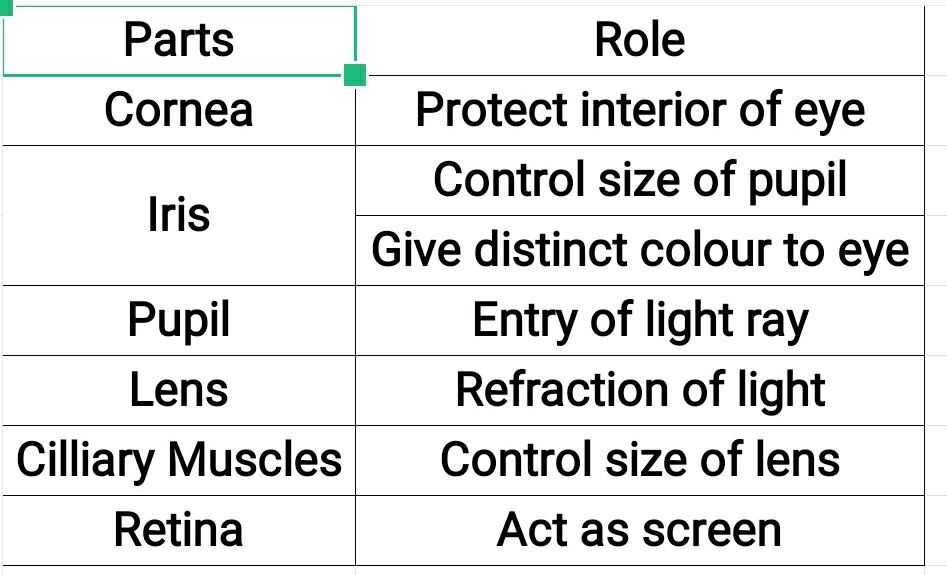Acids, Bases and Salts NCERT Science Class 8 Summary Note
Acids The chemicals causing sourness of substance, is called acids . These are not soapy to touch. These turn blue litmus into red. Example- Acetic acid(chemical in vinegar) Bases The chemicals causing bitterness of substance, is called bases . These are soapy to touch. These turn red litmus into blue. Example- baking soda, calcium hydroxide etc. Indicator The substance used to test whether a substance is acidic or basic, are called indicator. Example- Turmeric, litmus, china rose petals, phenolphthalein etc. Litmus:A natural dye It is a natural indicator. It is extracted from lichen. When added to acid, it turns red. When added to base, it turns blue. Available in- Solution form, Paper strips Neutral solution The solution which donot change the colour of either red or blue litmus, is known as neutral solution. Example- Sugar solution, water etc. China rose as indicator China rose indicator t...




